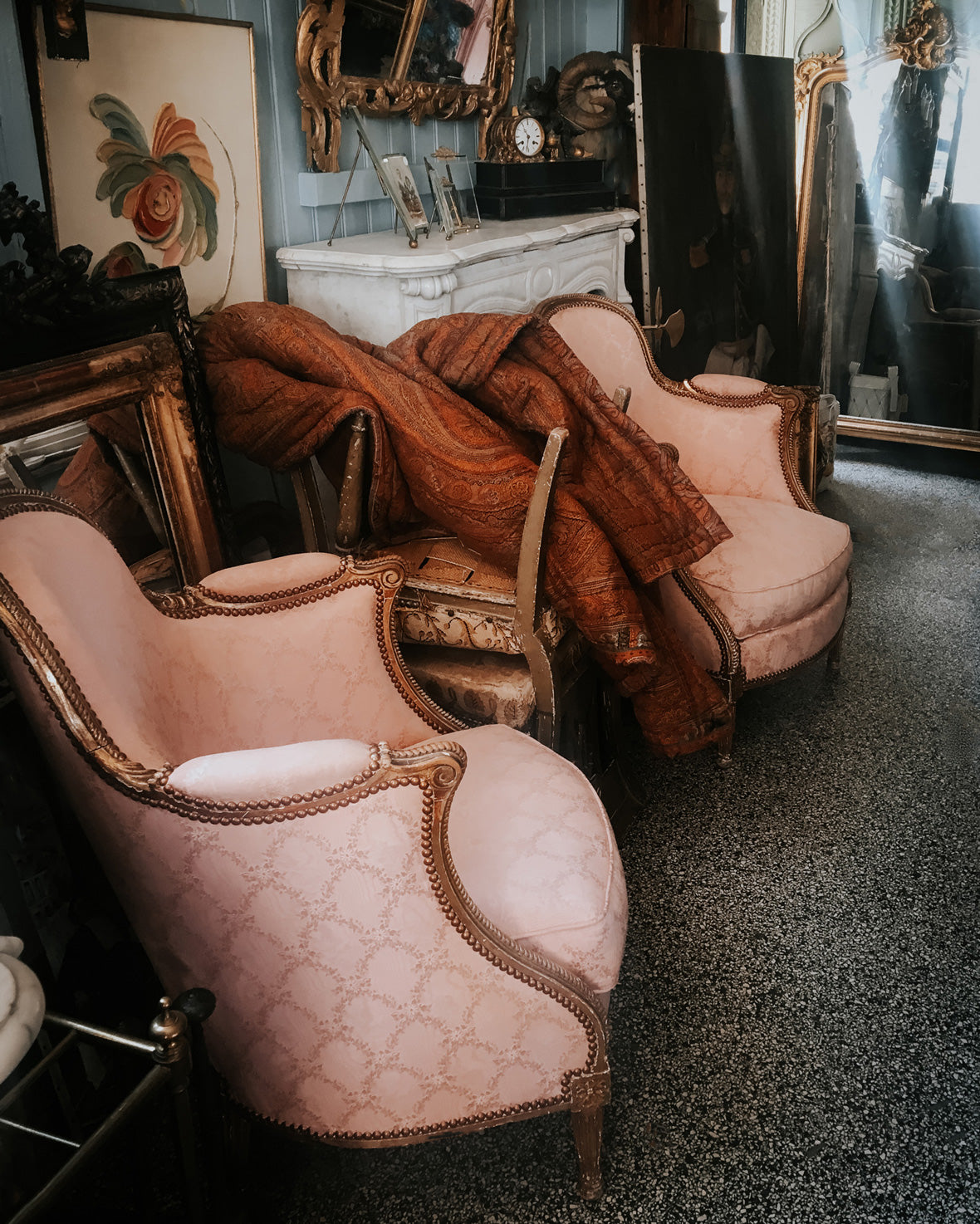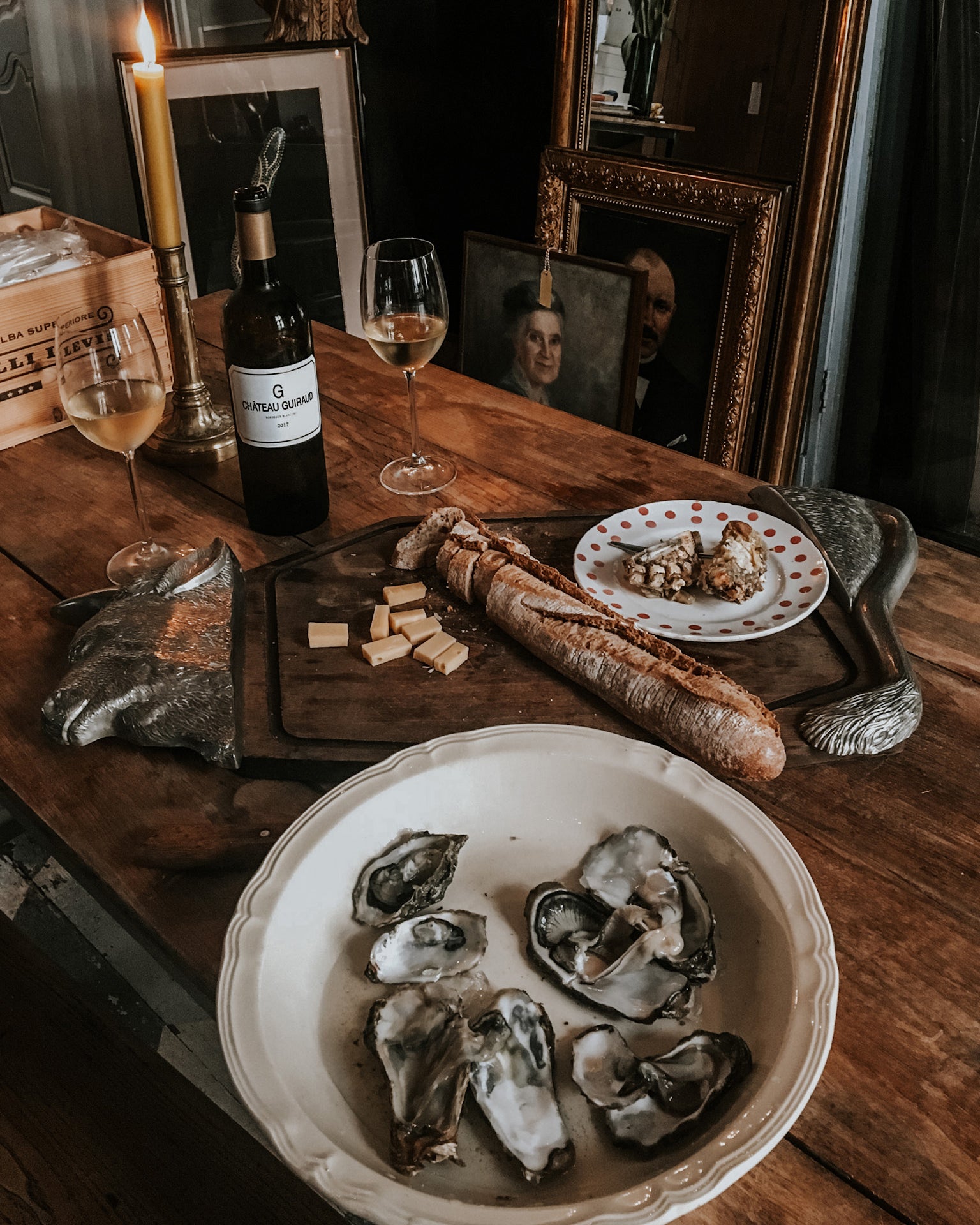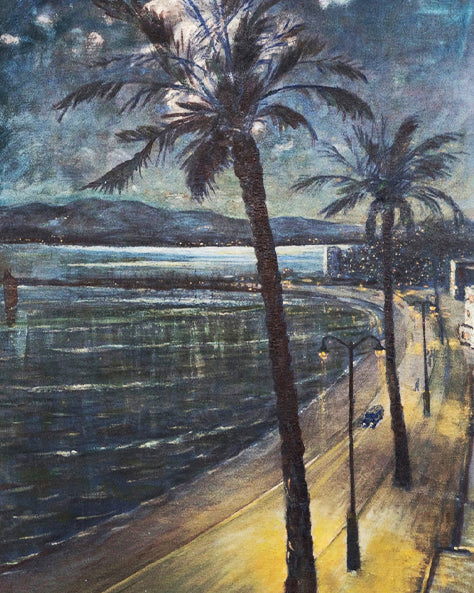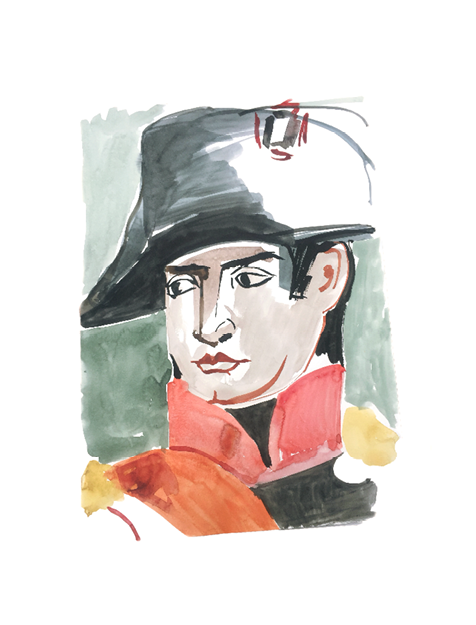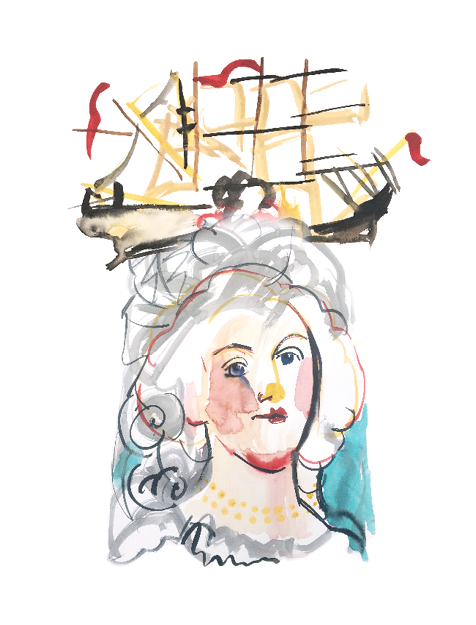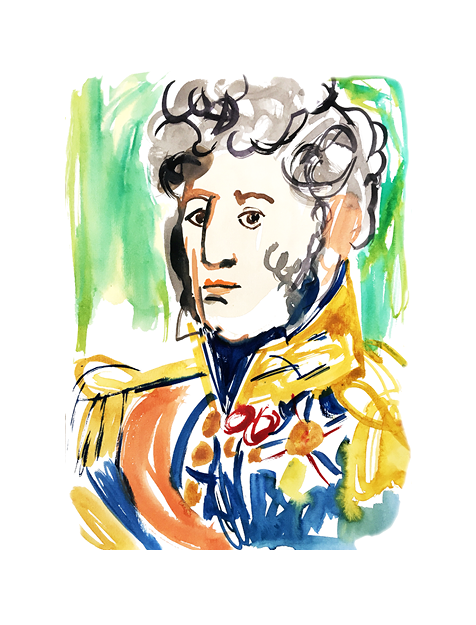8. Meet the French Royal Style: Napoléon Bonaparte
Grandeur, glory, and a lot of gold leaf
Say what you want about Napoléon—he may have been vertically unbothered, but the man had towering taste. The self-made Emperor of the French didn’t just conquer kingdoms; he conquered interior design with a flair for the dramatic that would make even a Kardashian blush.
Let’s start with a fun fact: mandatory right-hand traffic? That was Napoléon’s idea—less about road safety, more about avoiding awkward mid-duel collisions on horseback. Oh, and when he invaded Egypt, he brought 150 scientists along for the ride. Because why conquer a land when you can catalogue it too?
Was he charming? Not exactly. He couldn’t dance or sing (he tried), but he did have a rather eccentric habit of showing affection by pinching both of your ears. And in his final days? He lived on liquorice water. Très chic… if you're into monochrome palettes and digestive aids.
Furniture Style: Empire Chic
When Napoléon wasn't busy redrawing the map of Europe, he was busy redefining style—ushering in the Empire Style, a power move in design history. Think imperial pomp, ancient Rome meets Versailles drama, all with a strict military haircut.
Here’s what you’ll find in full Empire glory:
- Shapes: Straight as a bayonet. No frills, no fuss—clean, architectural lines that command a room.
- Materials: Mahogany was king, but walnut, elm, and ash also stepped up. Inlays were so passé; instead, bronze detailing took centre stage.
- Motifs: Everything was a symbol of strength and control—sphinxes, laurel wreaths, winged lions, imperial eagles, and, of course, Napoléon's favourite bee (yes, the bee—humble, industrious, endlessly productive… much like the Emperor imagined himself).
- Details: Gilded everything. If it didn’t shine, it didn’t belong.
- Textiles: Upholstery came in regal velvets and damasks, usually in deep tones—wine reds, forest greens, or royal blues. Think “Caesar’s parlour meets Parisian penthouse.”
- Beds: Fit for a general with delusions of Jupiter—canopies, carved columns, embroidered headboards with symbols of power stitched into every corner.
- Mirrors: Monumental and framed like triumphal arches, mirrors were strategically placed to bounce candlelight and reflect your Empire glory back at you.
-
Monograms: The signature “N” (of course) made frequent cameos, stamped on furniture like a designer label. No subtlety, just sovereignty.
The Takeaway
Napoléon wasn’t just building an empire—he was staging a spectacle. The Empire Style is all about visual dominance: bold symmetry, rich materials, and a nod (or curtsy) to antiquity. Every chair, table, and mirror whispered (well, proclaimed): I rule this space.

